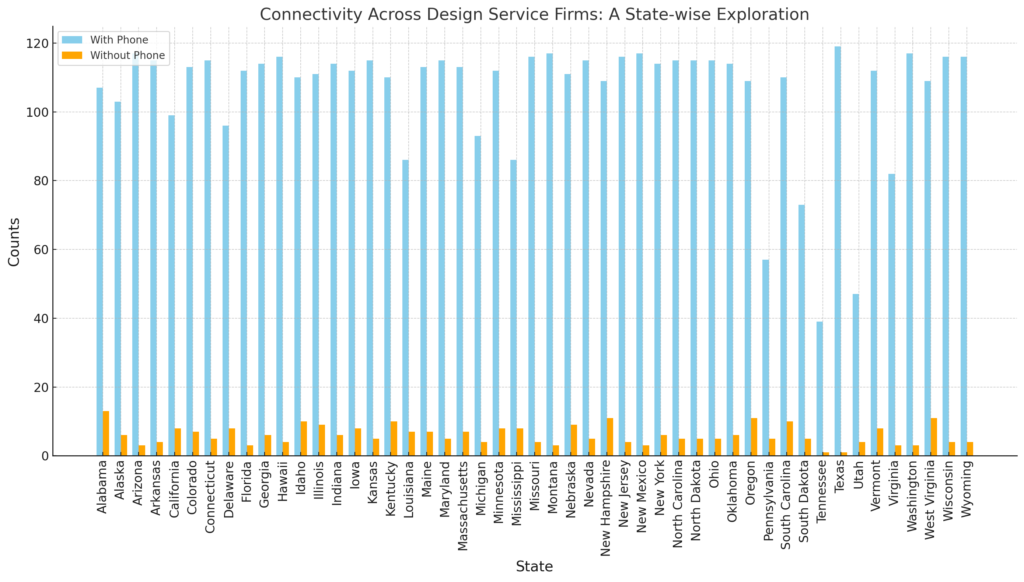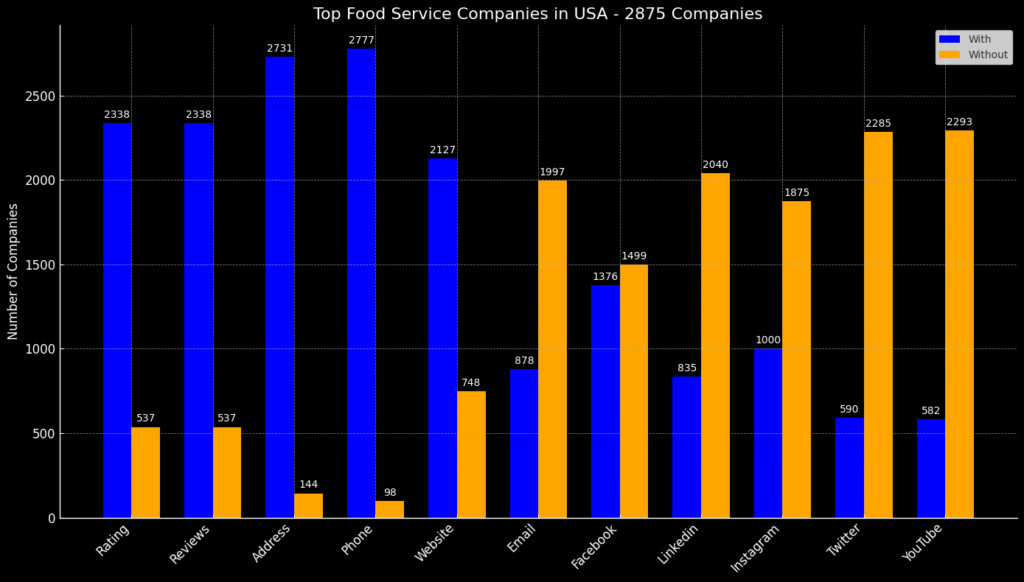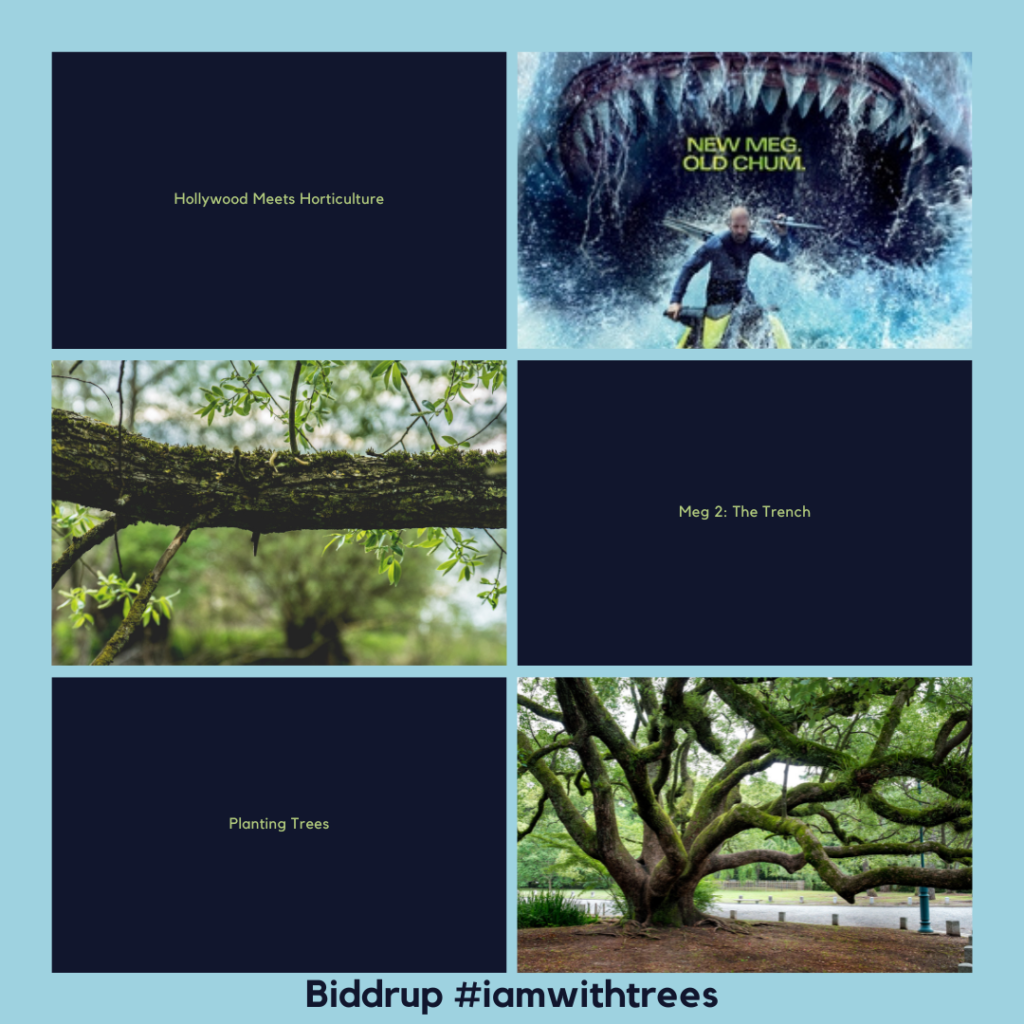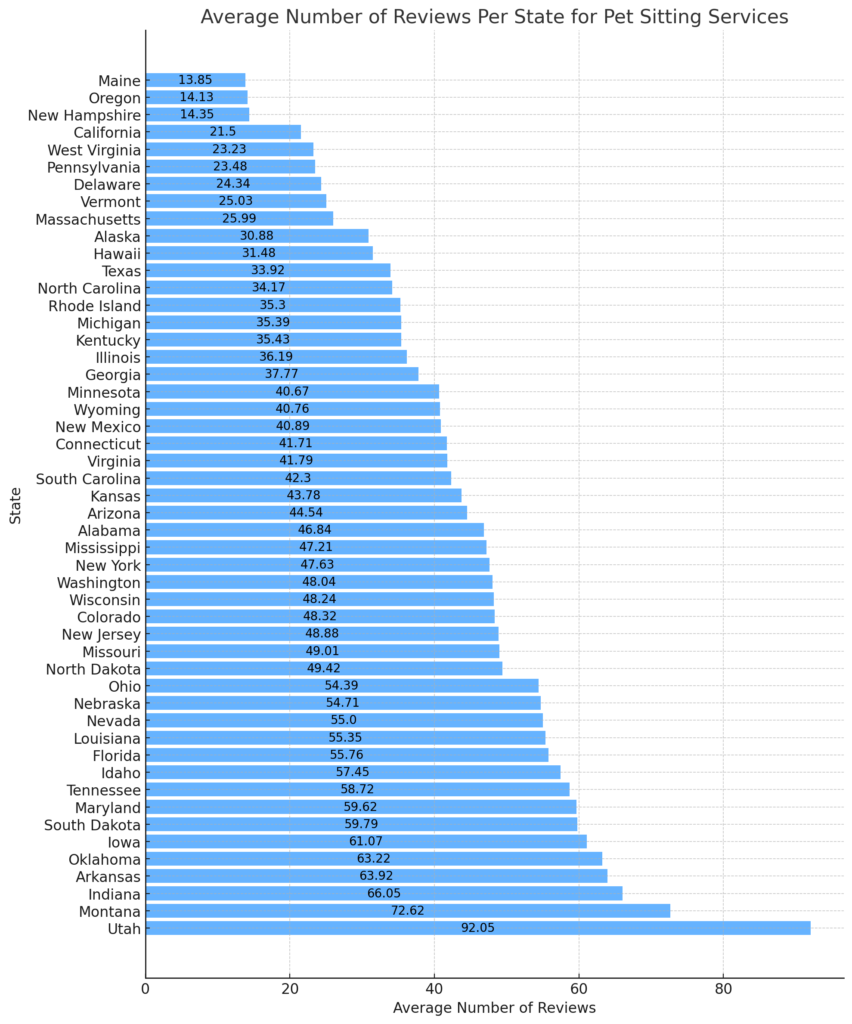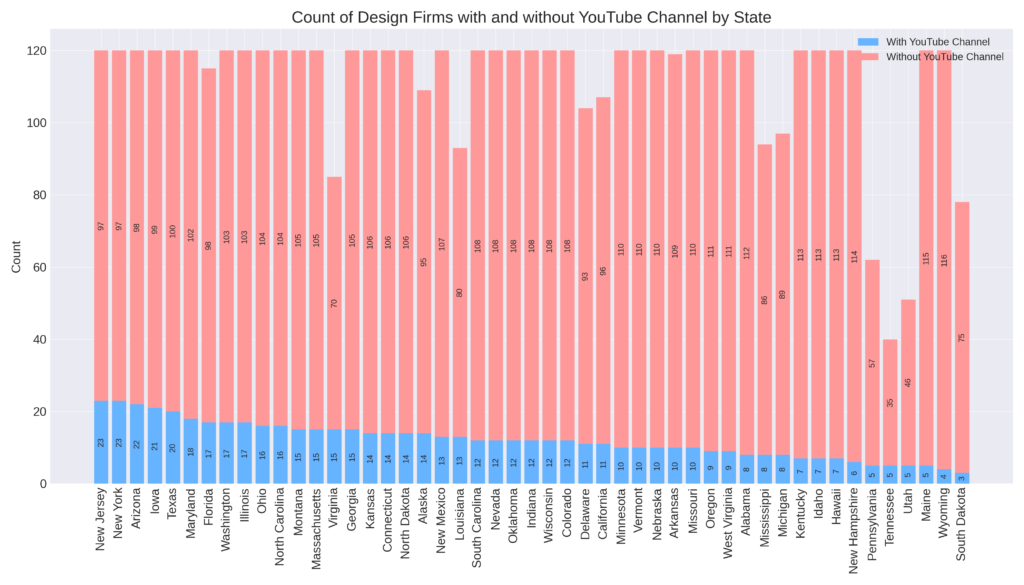I’ve shared a few tips on spotting if keywords are overused in an article.
Now, I did use ‘Signs Of Overwatered Hydrangeas’ as an example, so some of these tips might feel like old pals, while others are fresh insights.
The World Lost 40 Football Fields of Tropical Trees Every Minute in 2017.
Yale University
Let’s make a little difference together. How about planting at least one/day tree?
So, shall we get started?
When you begin writing content, it’s pretty common to focus on a keyword, just like how you’d take care of a tree by watering it regularly. But, you see, just as too much water can harm a plant and not watering it at all can be bad, you’ve got to strike a balance. It’s like planning ahead to make sure everything turns out just right.
We’ve been having quite a bit of rain lately. Unfortunately, this constant rain has caused problems for some of the trees with sensitive roots that can’t handle prolonged waterlogging. As a result, these trees have begun to wither and die.
It’s a similar story when it comes to over-optimizing content for keywords. It’s like planting a papaya tree with the intention of having a good source of food, but if you go overboard with the optimization, the chances of success become as slim as a papaya tree surviving heavy rains.
Think of it like this: you’ve put in a lot of effort to research and find the perfect keyword. But when you overly optimize your content for it, it’s like pushing search engines and visitors away. The consequence? You end up with a high bounce rate and hardly any conversions.
Did you see this coming? I bet it wasn’t what you had in mind. You probably thought that this one keyword would be a game-changer, bringing a surge of traffic and business. Maybe you envisioned a steady flow of visitors, like those timeless evergreen articles with their evergreen keywords.
Now it’s time to recognize that you’ve gone a bit overboard with keyword optimization, much like drowning a papaya tree with too much water.
Let’s take a look at some telltale signs. If you notice these, it’s a clear indicator that your content has been overly optimized for keywords.
1. Keyword Stuffing
When a keyword is unnaturally repeated throughout the content, making it sound forced and unnatural to the reader, it’s a clear sign of over-optimization.
When you see yellow or brown leaves on your plants, it’s essential to address the issue of yellow or brown leaves promptly. Yellow or brown leaves can be quite concerning because, well, yellow or brown leaves don’t look good. Yellow or brown leaves can happen due to various factors, and understanding yellow or brown leaves is crucial. So, if you’re dealing with yellow or brown leaves, remember that taking care of yellow or brown leaves is vital for the health of your plants and the prevention of yellow or brown leaves.
In this paragraph, we kind of keep talking a lot about yellow or brown leaves, which might feel a bit repetitive, you know?
It’s actually better when we use words in a more natural way, so the content flows smoothly and is easy to understand.
That way, it’s way more enjoyable for you to read and get the information you need.
2. Lack of Readability
Over-optimized content often sacrifices readability and coherence for the sake of including keywords. If sentences and paragraphs don’t flow smoothly, it’s a red flag.
When it comes to wilted or drooping leaves, it’s essential to pay attention to wilted or drooping leaves. Wilted or drooping leaves can be a sign of issues, and you should address wilted or drooping leaves. Proper care can help with wilted or drooping leaves, so don’t ignore wilted or drooping leaves. Understanding wilted or drooping leaves is crucial to dealing with wilted or drooping leaves effectively.
It’s super important to keep our content natural and easy to read so that it’s a good experience for you when you’re checking it out.
3. Low-Quality Content
Over-optimization can lead to a focus on quantity over quality. If the content lacks depth, valuable information, or engaging insights, it might be overly optimized for keywords.
Flowers that constantly wilt and/or fewer flowers can be a real bummer. You see, when flowers that constantly wilt and/or fewer flowers happen, it’s not ideal. Flowers that constantly wilt and/or fewer flowers might make you feel sad because, well, they’re not as good as flowers that don’t constantly wilt and have more flowers. So, if you want to avoid flowers that constantly wilt and/or fewer flowers, just try to make sure your flowers don’t constantly wilt and have more flowers. It’s that simple.
In this paragraph, we’re missing the mark. It doesn’t really give you any useful info, and it keeps saying the same thing over and over. This kind of content doesn’t really get you excited or help you learn much.
Good content should be interesting and teach you something new.
4. Irrelevant Keywords
Sometimes, in an attempt to rank for specific keywords, content creators include unrelated or irrelevant keywords, which can confuse both readers and search engines.
Sure, let’s make it more friendly and conversational:
“Root rot is something many gardeners face, but here’s a fun twist – did you know it has something in common with the stock market? It’s a bit unexpected, right? While we’re chatting about root rot in plants, let’s briefly touch on the world of cryptocurrency investments. Just as root rot can hurt plant roots, making the wrong investment moves can be a bit like financial root rot. So, as we dive into root rot, let’s keep in mind that it’s important to spread out our financial bets, too!”
We might have veered off course a bit by diving into financial and investment topics, which, truth be told, don’t have much in common with “root rot.” Staying on point and focusing on what brought you here is key. After all, we want to make sure you get the most valuable and straightforward information you’re seeking.
5. Ignoring User Intent
Effective content should address the user’s intent and provide valuable information. Over-optimized content may prioritize keywords over meeting the user’s needs, resulting in content that doesn’t satisfy the reader’s query.
“When it comes to gardening, many enthusiasts often overlook essential details. Mold around the plant is a common issue that gardeners face. But let’s not forget to delve into the history of mold development around the plant. Understanding the geological factors that might contribute to mold around the plant is crucial. So, before addressing the immediate concerns of mold around the plant, let’s take a deep dive into the geological history of the region.”
So, here in this paragraph, we take a bit of a detour, don’t we? You’re likely here to find solutions for dealing with that pesky mold around your plants. But suddenly, we’re delving into geological history, which might not be exactly what you expected, right? We totally understand.
Our goal is to ensure our content aligns perfectly with your interests, so you can easily find the answers and advice you’re looking for, ensuring a great experience for you.
Balancing keyword optimization with high-quality, reader-focused content is essential for SEO success without over-optimizing.
Ready to optimize your content for growth and SEO success? Start implementing these tips today and watch your content blossom.
Don’t wait, let’s grow together.
Referrences
- The World Lost 40 Football Fields Of Tropical Trees Every Minute In 2017. https://e360.yale.edu/digest/the-world-lost-40-football-fields-of-tropical-trees-every-minute-in-2017. Accessed 4 Oct. 2023
- Yale University https://e360.yale.edu/digest/the-world-lost-40-football-fields-of-tropical-trees-every-minute-in-2017. Accessed 4 Oct. 2023
- Yellow Or Brown Leaves https://hortnews.extension.iastate.edu/faq/what-causes-leaves-my-houseplant-turn-yellow-or-brown-and-drop. Accessed 4 Oct. 2023
- Dealing With That Pesky Mold https://hgic.clemson.edu/factsheet/gray-mold-botrytis-blight-2. Accessed 4 Oct. 2023






